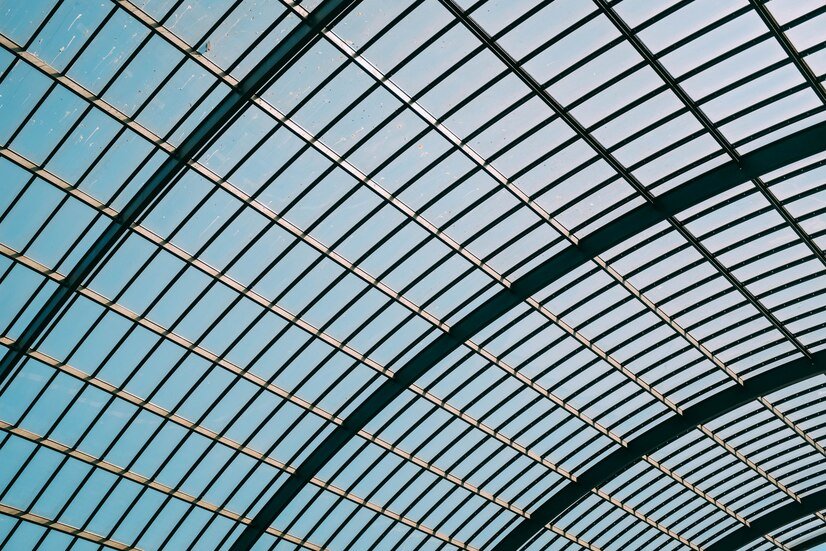Energy efficiency is a top priority for building owners and managers, as it helps to reduce operational costs and improve sustainability. One area where energy efficiency can be improved is through the use of roof curbs. Roof curbs are structural components that are used to mount rooftop equipment, such as HVAC units, exhaust fans, and skylights, to the roof of a building. In this article, we will explore how roof curbs can improve energy efficiency in your building.

What are Roof Curbs?
Roof curbs are typically made of galvanized steel or aluminum and are designed to elevate rooftop equipment above the roof surface. They are usually installed during the construction of a building, but they can also be added later as part of a retrofit project. Roof curbs are available in a variety of shapes and sizes, and can be customized to fit the specific needs of your building.
Benefits of Using Roof Curbs for Energy Efficiency
Improved Airflow and Ventilation
Roof curbs can help to improve airflow and ventilation in your building. By elevating rooftop equipment above the roof surface, they help to prevent obstructions to the airflow, which can improve the efficiency of your HVAC system. This, in turn, can help to reduce your energy consumption and lower your utility bills.
Reduced Heat Gain
Roof curbs can also help to reduce heat gain in your building. By elevating rooftop equipment, they create a gap between the equipment and the roof surface, which can help to prevent the transfer of heat from the equipment to the roof. This can help to reduce the load on your HVAC system, which can lead to significant energy savings.
Improved Insulation
Roof curbs can also improve insulation in your building. By creating a gap between the rooftop equipment and the roof surface, they can help to prevent thermal bridging, which can reduce the effectiveness of your insulation. This can help to improve the overall energy efficiency of your building, as it can help to reduce the amount of energy required to heat or cool your building.
Better Drainage
Roof curbs can also improve drainage in your building. By elevating rooftop equipment, they help to prevent water from pooling around the equipment, which can cause damage to your roof and lead to leaks. This can help to extend the life of your roof, which can lead to long-term cost savings.
Easy Access for Maintenance
Finally, roof curbs can provide easy access for maintenance. By elevating rooftop equipment, they make it easier for technicians to access the equipment for maintenance and repairs. This can help to improve the efficiency and effectiveness of your maintenance program, which can help to reduce downtime and improve the lifespan of your equipment.
How to Choose the Right Roof Curb for Your Building
When choosing a roof curb for your building, there are several factors to consider. These include the size and weight of the equipment, the type of roofing material, and the location and orientation of the equipment. It is important to work with a qualified roofing contractor or engineer to ensure that the roof curb is designed and installed correctly to meet the specific needs of your building.
Types of Roof Curbs
There are several types of roof curbs available, including:
- Standard roof curbs – These are the most common type of roof curb and are suitable for most rooftop equipment.
- Pitched roof curbs – These are designed to accommodate equipment that requires a slope or pitch, such as skylights or solar panels.
- Low profile roof curbs – These are designed to provide a lower profile installation for equipment that requires less clearance, such as exhaust fans.
- Non-penetrating roof curbs – These are designed to be installed without penetrating the roof membrane, which can help to prevent leaks.
- Welded roof curbs – These are custom-made roof curbs that are welded together to provide a strong and durable installation.
Installation and Maintenance
Roof curbs should be installed by a qualified roofing contractor or engineer to ensure that they are installed correctly and in compliance with local building codes. It is also important to follow a regular maintenance schedule to ensure that the roof curbs are functioning properly and to prevent any issues that could lead to leaks or other problems.
Conclusion
Roof curbs can be an effective way to improve energy efficiency in your building. By improving airflow and ventilation, reducing heat gain, improving insulation, improving drainage, and providing easy access for maintenance, Tubular Skylight can help to reduce your energy consumption and lower your utility bills. If you are looking for ways to improve energy efficiency in your building, consider adding roof curbs to your HVAC system.




